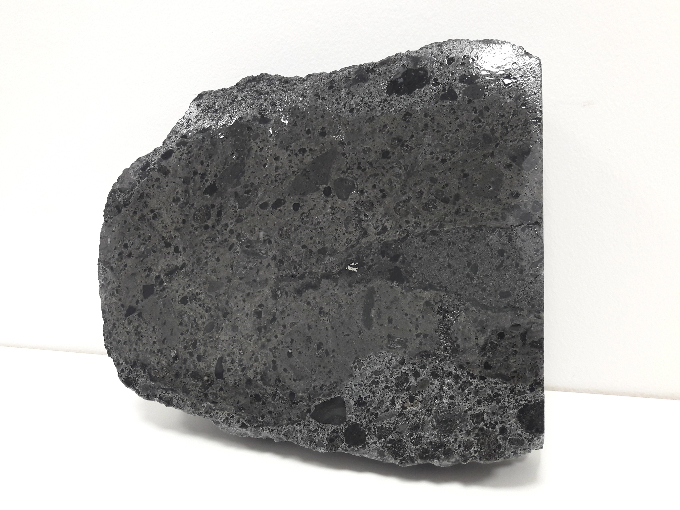This post was originally published on this site
The world’s largest source of natural diamonds — and of more than 90 percent of all natural pink diamonds found so far — may have formed due to the breakup of Earth’s first supercontinent, researchers report September 19 in Nature Communications.
The diamond-bearing rocks of the Argyle mine in Western Australia probably formed about 1.3 billion years ago, the analysis shows, along a rift zone that sundered the supercontinent Nuna. The finding suggests that exploring ancient rift zones for diamond troves may be more worthwhile than previously thought.
On Earth’s surface, carbon atoms tend to form soft, dull graphite. But down in the forge that is the upper mantle, extreme conditions mold the element into hard, dense gemstones (SN: 9/14/20). These diamonds can escape their chthonic womb by hitching a ride in rapidly ascending magmas (SN: 1/18/12). Near the surface, the molten material solidifies as vertical tubes of volcanic rock, known as kimberlite pipes. Most diamonds are found in these formations.
But this classic story does not explain the Argyle formation, nor its pink diamonds. To make a diamond blush, something more powerful than mere mantle conditions must contort its sturdy crystal structure, altering how it absorbs and transmits light.
Another wrinkle lies in Argyle’s diamondiferous pipes. They are not kimberlite, but rather lamproite pipes, which are generally thought to form at shallower depths, says geologist Maya Kopylova of the University of British Columbia in Vancouver, who was not involved in the new study.
Lamproites’ shallow origins may explain why they usually lack kimberlites’ rich diamond loads. The exception is Argyle — somehow, its lamproites raised treasures from the deep.

The oddities of the Argyle formation have long puzzled geologists. Chemical analyses conducted in the 1980s suggested it formed roughly 1.2 billion years ago. But that dating was questionable; the mineral that was analyzed may have been chemically altered by fluids in the Earth, potentially yielding a too-young age. What’s more, the results did little to clear up Argyle’s mysterious origins, says Hugo Olierook of Curtin University in Perth, Australia. “Nothing was really happening [geologically] in Australia at the time.”
So Olierook and colleagues dated resilient grains of the minerals apatite and zircon that fell into the lamproite when it was still molten. The researchers also analyzed titanite, a mineral that appears to have crystallized slightly later than the rest of the lamproite.
By measuring the quantities of radioactive elements and their decay products within each mineral, the team found that the lamproite formed about 1.3 billion years ago, roughly 100 million years earlier than previously suggested.
“When I first got the age, I thought, this doesn’t make any sense at all,” Olierook says. But while he was cycling home a couple of hours later, it clicked. “That’s when the first supercontinent was breaking up,” he says.
Argyle sits within an ancient continental suture, where two plates once collided to form part of Nuna, roughly 1.8 billion years ago (SN: 1/11/17). “It’s the smashing of those continents together; that’s what made those diamonds pink,” Olierook speculates.
About 500 million years later, when Nuna rifted apart, that suture split like a reopened wound. That may have opened conduits for lamproite magmas laden with rosy gems to rise through, Olierook says.
For decades, it has been thought that tectonic processes like rifting destroyed diamonds, Kopylova says. But this research supports a recent paradigm shift, she says. Rifting “might be a trigger to get diamonds from deep in the mantle to the surface.”
Nonetheless, she says, it remains a mystery why Argyle’s lamproite pipes are the only ones known that contained minable quantities of diamonds. In late 2020, the diamond mine there stopped production after exhausting the diamonds that were economically feasible to extract.
It may be the case that more gem-studded lamproites are awaiting discovery, Olierook says. Perhaps somewhere, another Argyle lies hidden in the ruins of an ancient rift.
